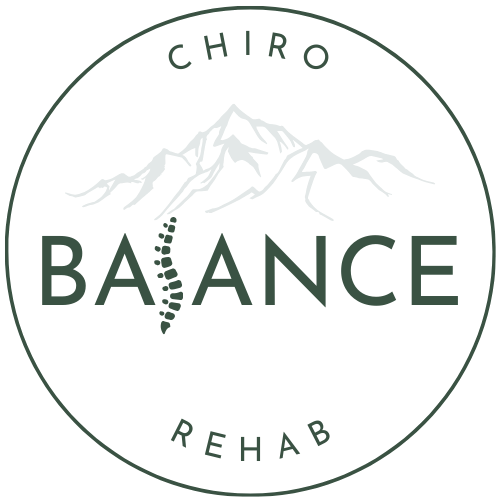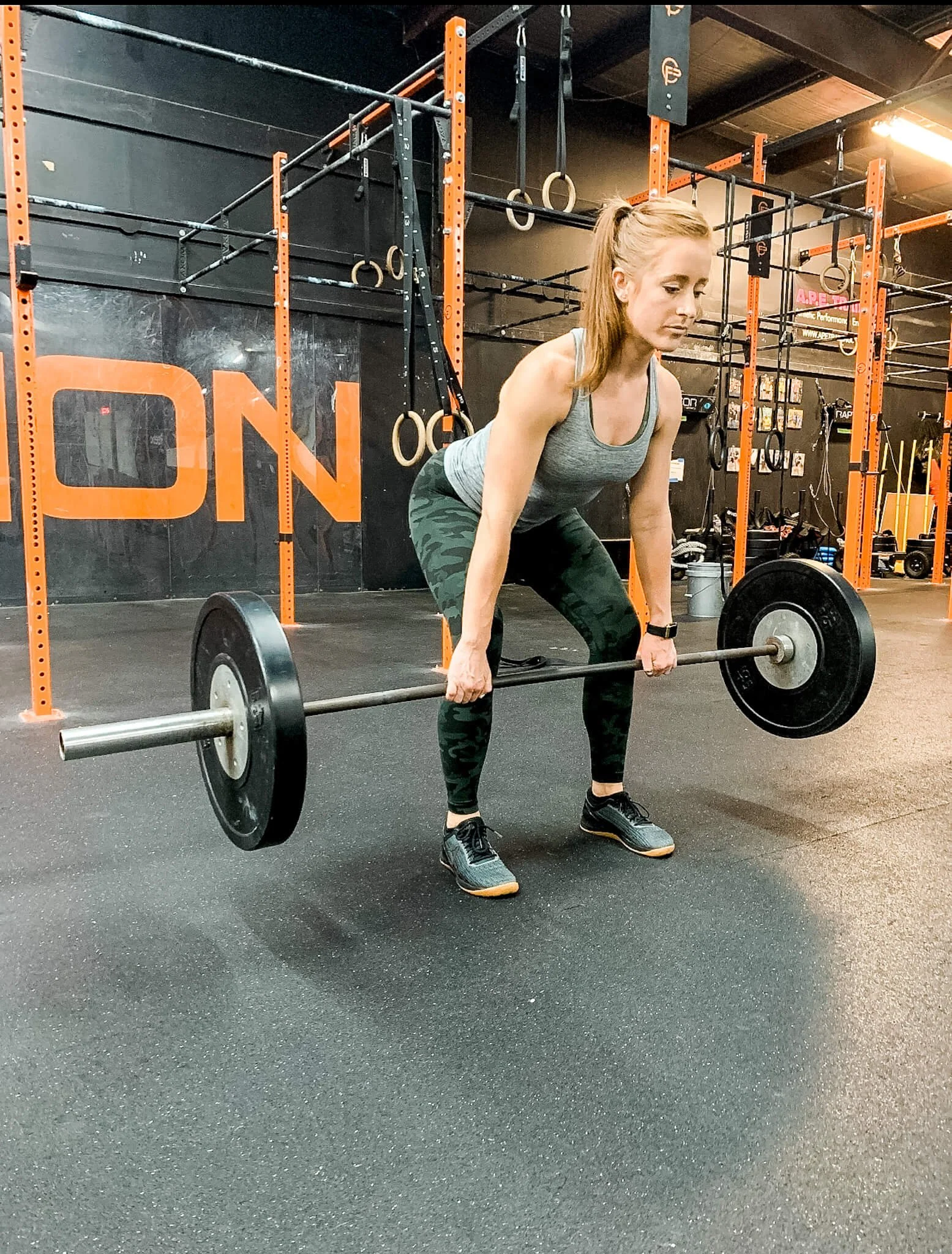Hip Hinging is the Hippest Exercise For Injury Prevention
Check out the Hip Hinging Guide for videos!
WHY HIP HINGE?
Do you have low back pain/ tension? Mid back pain/tension? Are you pregnant? Postpartum? Are you an athlete? How about a human?
If you answered yes to any of these, I’m going to recommend working on the tried and trusty- hip hinge. Field trip time. Let’s learn…
WHAT ARE HIP HINGES?
Hip hinges are the motion that you go through when doing a deadlift or good-morning if you are familiar with these exercises. If not, then I can best describe it as the most beautiful and biomechanically sound way to pick something up or bend over. It allows you to use the hips and backside to bend rather than the low back. No worries, we’re going to cover this more so keep on reading!
WHAT’S HIP HINGE?
Try to do a hip hinge and check it out. Don’t fully know what a hip hinge is? Try standing. Got it? Great. Now, bend the knees slightly so those puppies aren’t locked out, place your weight evenly through the entire foot, toes touching the ground, and then try to sit your keister back like you’re trying to shut a car door (SLOWLY). Now, which one did that look more like…
WHAT IS HIP HINGE GOOD FOR?
The reason why this exercise is one of my absolute go-to’s is because it’s functional and applicable to literally almost everything you do throughout the day. I challenge you to go a day without bending forward. It's involved in picking up a little, grabbing those car keys off the floor since they ALWAYS seem to find their way there, unloading the dishwasher, brushing your teeth and spitting out the aftermath, the list goes on. Back pain typically doesn’t just “pop up.” It’s more commonly an accumulation of bad patterns over time. Now, if we sit the booty back and use our backside to do the work rather than the low back… tada! We’ll activate those glutes, decrease low back pain and holy moly, dare I say it… maybe even feel better and decrease tension in those villainized hammies that everyone likes to blame and stretch!
WHAT DOES HIP HINGE WORK?
Hip hinging is going to (when performed correctly) kick on the muscles of the back of the legs, glutes and the core. This powerful combo helps protect the low back from rounding excessively and repetitively. You don’t have to be a Chiro, PT or Neurosurgeon to know that sounds like it’s probably a good idea. The hip hinge helps teach your brain that the hips should and can move separately from the low back which can be an absolute game changer if you are experiencing discomfort.
WHY SHOULD EVERY PARENT KNOW HOW TO HIP HINGE?
EVERY SINGLE momma that I treat gets to listen to me preach the hip hinge. Why? Because it’s GOLD. During pregnancy, everything is growing and when muscles are stretched, they don’t contract as efficiently. During postpartum, it feels difficult for many to connect to the core. When we don’t have a great connection to the core we tend to develop low back and/or pelvic pain because other muscles take over to try to stabilize. If we use the backside to help stabilize the pelvis and breathwork to support low back, core and pelvic floor then we are limiting extra stress on these areas and decreasing the stress on the abdominal wall and pelvic floor during pregnancy, helping to promote healing for momma in the postpartum period, and decreasing the chances of low back pain for the partner as well!
HOW TO HIP HINGE:
Try to imagine the motion coming exclusively from the hips and not the low back. If it’s hard to just imagine, take a broomstick (or PVC pipe) and place it along your back and begin your hinge. Try to keep the PVC pipe flush against your back. The keys to this movement are to keep the low back stable (no movement), the weight dispersed evenly throughout the entire foot through the entire movement and the toes maintain contact with the floor the ENTIRE TIME. The tension should be felt in the lower glutes and backside NOT in the front of the legs, low back or pinching in the hips. Keep the knees slightly bent, and sit your tush BACK as though you were going to shut a car door. Hold this for a 5-second count. Then, drive the hips forward. You are not standing UP, you are coming forward.
Struggling to find this? Check out the Hip Hinging Guide Here!
WHAT ARE HIP HINGE EXERCISES?
Here are my favorite progressions of a hip hinge:
Kneeling
On both legs
On one leg
There are a thousand ways to make this exercise more difficult such as changing the plane of movement, adding weight, resistance bands etc., but the most important part is ensuring great breathing/bracing patterns with the movement, foot stability through the entire movement AND that you are feeling it in the backside!
Sign up for the Hip Hinging Guide for more information, progressions and vidoes!
Hi there!
My name is Dr. Dani and I’m an In-Home Chiropractor to busy individuals and families within the Denver Metro area. I love working with the pregnancy, postpartum and pediatric populations and strive for quality care through extended appointment times, follow-up recommendations and education so that you can feel both empowered and cared for! I truly just love supporting women!
Questions? Comments? CONTACT ME
Need some bodywork? BOOK HERE
Love the info and want to leave a review!? LEAVE A GOOGLE REVIEW
YouTube: Dr. Dani Engle
Follow along on Instagram: @balance.chiro.and.rehab
Check out more information about Dr. Dani and what Balance Chiro and Rehab offers to those in the Denver Metro area (and beyond) HERE.


